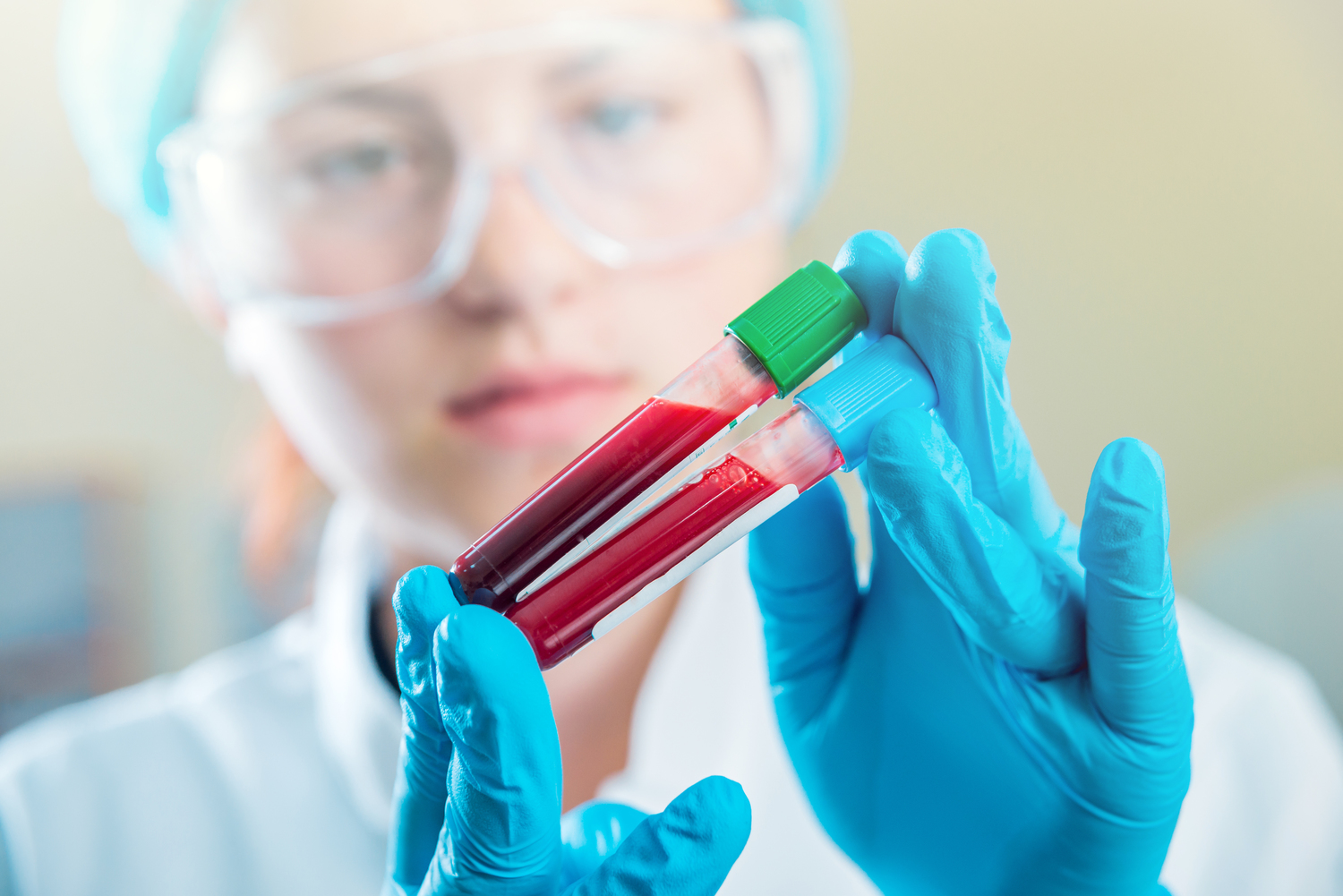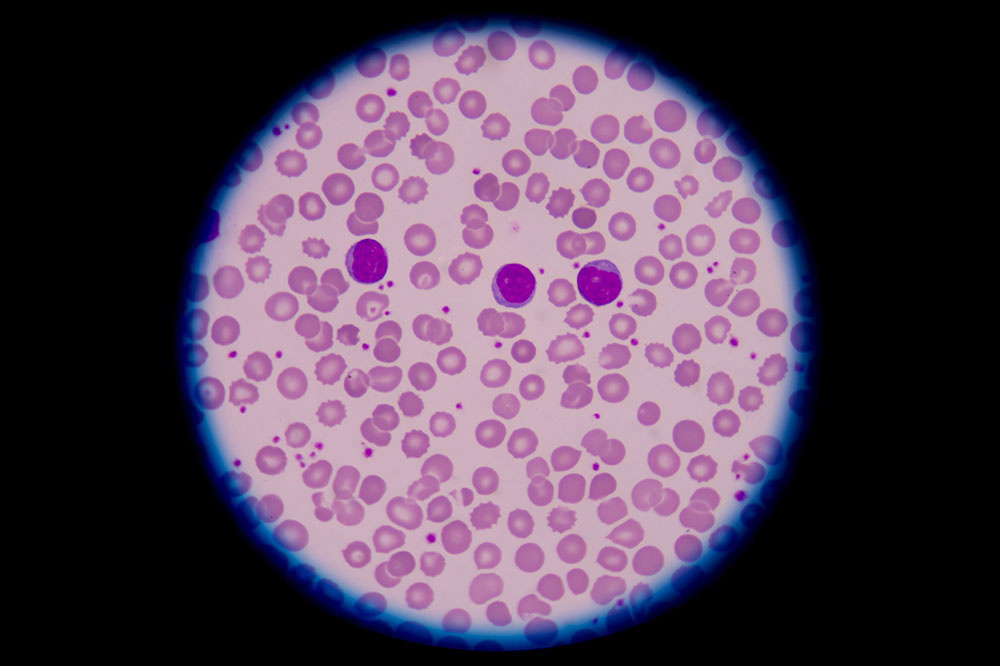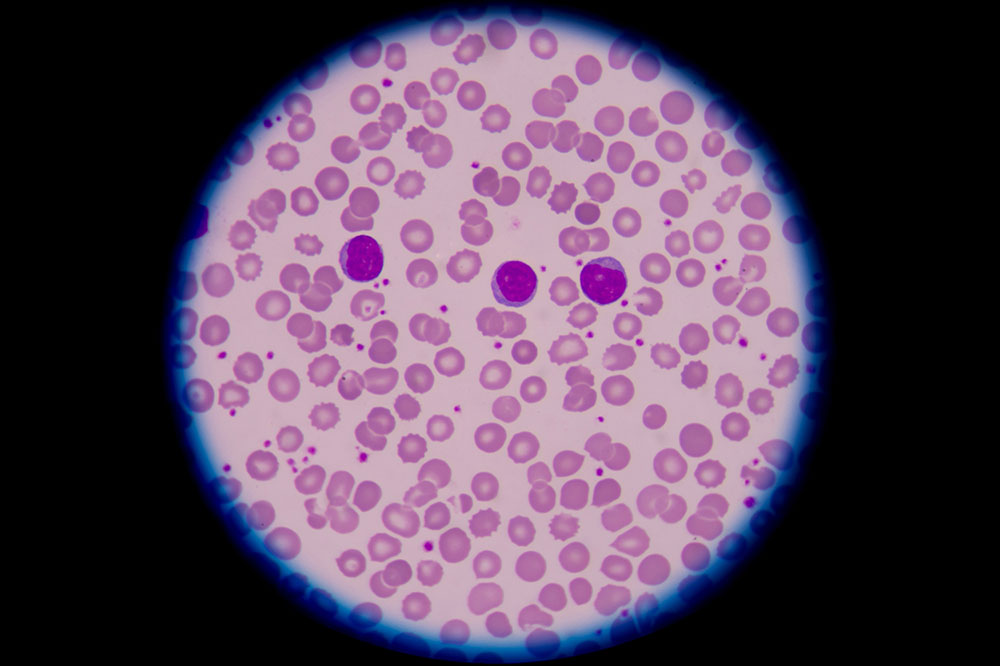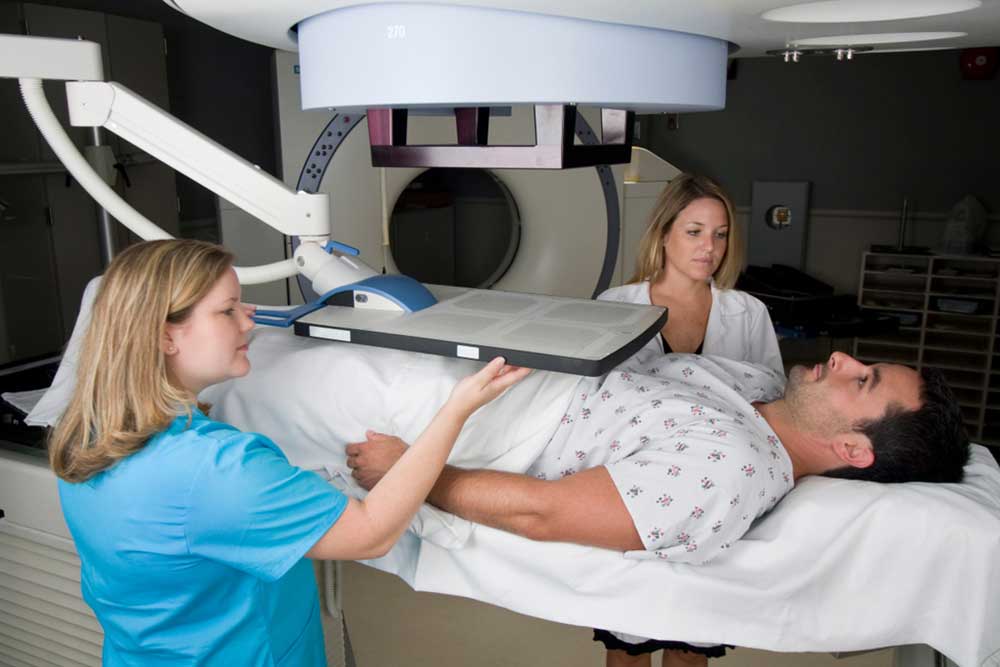Understanding the Main Types of Hematologic Cancers
This article provides a comprehensive yet accessible overview of major blood cancers, including leukemia, lymphoma, and multiple myeloma. It covers their origins, symptoms, causes, and treatment options, emphasizing early detection and management. Designed for a general audience, it aims to raise awareness about these life-threatening diseases and the importance of prompt medical attention for effective treatment.

An Overview of Major Hematologic Cancers
Key Hematologic Cancers You Should Know About
Cancer poses a serious health risk worldwide; roughly 38.5% of men and women are diagnosed with some form of cancer during their lifetime. Early detection significantly enhances the chances of treatment success. Once cancer metastasizes, it becomes more challenging to eradicate, often leading to lifelong management rather than a cure.
About 10.2% of total cancer cases are blood-related, with new diagnoses of leukemia, lymphoma, or multiple myeloma occurring every three minutes. These blood cancers can be deadly if not identified promptly.
Hematologic, or blood, cancers disrupt the formation and function of blood cells, originating in the bone marrow before impacting the bloodstream. Symptoms often appear before full progression, including persistent fatigue, fever, night sweats, sudden weight loss, joint discomfort, loss of appetite, headaches, frequent infections, nausea, skin rashes, and abdominal pain.
Types of Hematologic Cancers
Blood cancers primarily develop in the bone marrow and affect blood cell production, with three major types: leukemia, lymphoma, and multiple myeloma.
Leukemia
This cancer targets white blood cells, leading to uncontrolled production of abnormal cells called leukemia cells. Unlike normal cells, these do not fight infections and multiply rapidly, crowding out healthy cells which can cause anemia, increased infections, and bleeding issues. Leukemia can spread to lymph nodes and other organs if untreated. Types include acute vs. chronic and lymphocytic vs. myelogenous leukemia, distinguished by the speed of progression and affected cell types.
Lymphoma
Arising from lymphocytes, immune system cells found in lymph nodes, spleen, and other tissues, lymphoma causes these cells to proliferate uncontrollably. There are two main categories: Hodgkin and Non-Hodgkin lymphoma. The exact causes remain unknown, but conditions like certain genetic syndromes and infections increase risk.
Multiple Myeloma
Also called plasma cell cancer, this disease affects plasma cells responsible for antibody production. Malignant plasma cells multiply rapidly, producing excess immunoglobulin proteins, damaging organs, and weakening bones via lytic lesions. It often affects older adults, especially those over 65, of African descent, or with family history.
Early stages of blood cancers are highly treatable, with options including stem cell transplants, chemotherapy, and radiation therapy.










